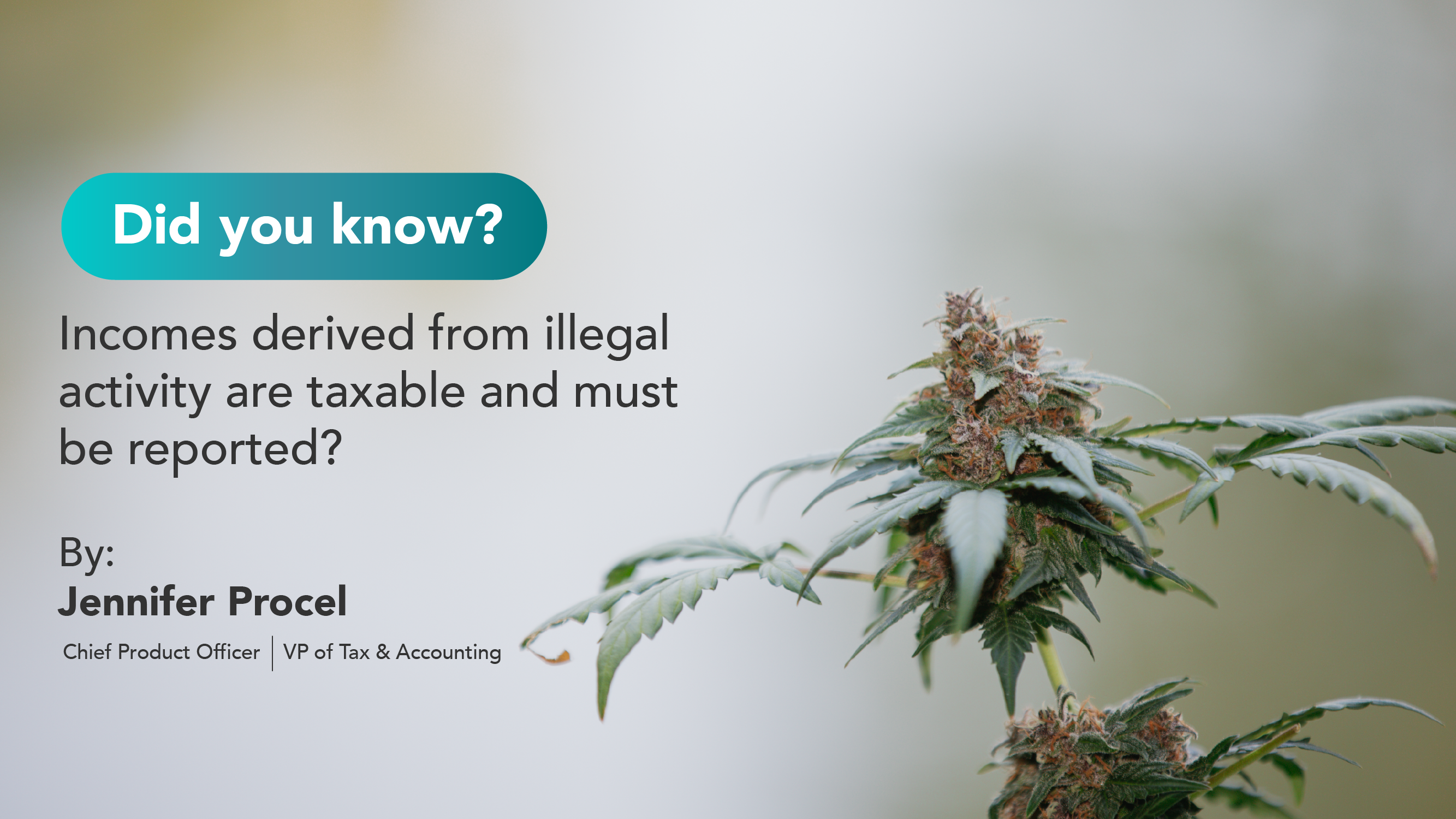The IRS is accepting tax returns starting today, January 27, 2020. It’s understandable that taxpayers who expect a refund want their money fast. That’s why a refund anticipation loan (RAL) seems like a desirable option. When you want to get your refund as quickly as possible.
A RAL is a loan offered by some tax preparers to taxpayers who expect a tax refund. Since it is a loan, it must be paid back. It is not a loan from the tax preparer (or franchise). But rather, it is a loan from a lender, typically a bank. The IRS is not directly involved in the RAL process.
This type of loan is most appealing to taxpayers that claim the earned income credit (EITC) or the additional child tax credit (ACTC). Per the IRS, those refunds will start to be issued until the first week of March 2020.
If a RAL is something you are considering, know this before applying:
Refund Anticipation Loan Checklist:
- A refund does not guarantee you are eligible for a RAL. Eligibility to receive a RAL depends on how risky a borrower you are. Although the tax preparation software may determine you are eligible for a refund. The IRS may have information that causes them to hold back your refund. Or reduce the amount of the refund (e.g., child support or student loans owed). If this happens, you are still on the hook to pay back the full amount of the RAL. If your refund is not enough to cover it, then you will have to pay out of pocket.
- Your application for a RAL does not guarantee an immediate response. Since a RAL is a loan, it may be subject to more scrutiny as required by the lender. Some lenders only require a quick credit check. While others require a longer due diligence process, especially if the loan is a significant amount. If it’s been longer than a few days, you may follow up with the lender, or the tax preparer who offered the loan.
- You may get hit with a RAL fee before you receive your refund. This is particularly true if you are claiming EITC or ACTC credits since those refunds take longer to payout. You can track the status of your refund from the IRS website by selecting Check My Refund Status.
If you have a question about the RAL or a tax question in general, leave us a comment or contact us on our website.





